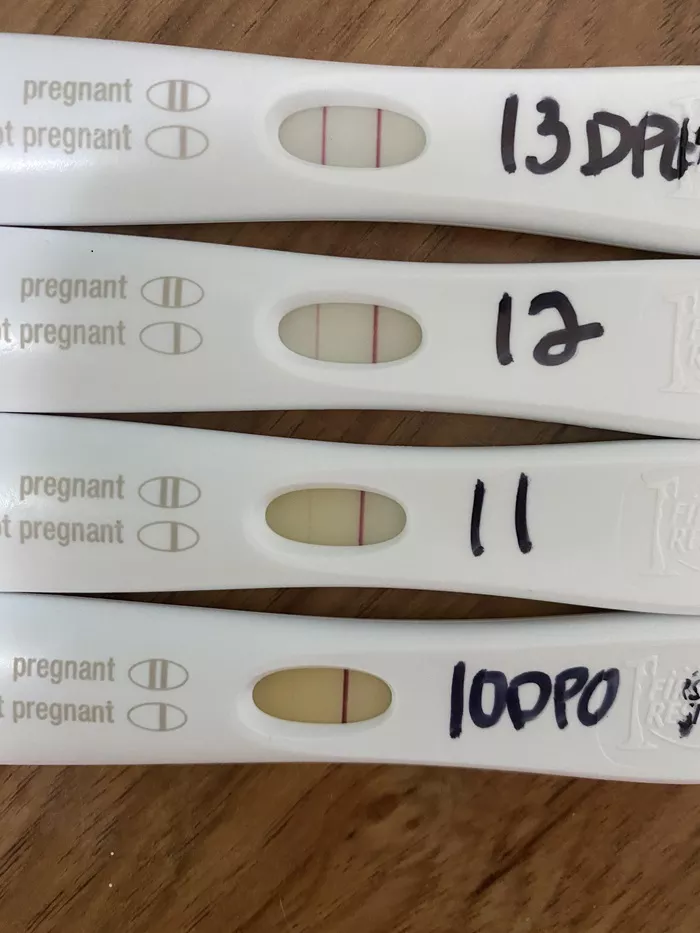Understanding Frozen Embryo Transfer (FET)
Frozen Embryo Transfer (FET) is an advanced reproductive technology used in assisted reproduction. It involves thawing and transferring embryos that were previously frozen during an earlier in vitro fertilization (IVF) cycle. FET has become increasingly popular due to its high success rates and flexibility for patients. The process is crucial for those who cannot undergo a fresh embryo transfer or for those who want to space out their pregnancies.
The Importance of Timing in FET
Timing is critical in FET. Proper synchronization of the endometrial lining with the embryo is necessary for successful implantation. Hormonal medications are often administered to prepare the uterus for receiving the embryo. These medications mimic the natural menstrual cycle, ensuring the endometrial lining is optimal for embryo implantation. The timing of testing for pregnancy after FET is equally important to accurately determine the success of the procedure.
The Waiting Period: Why It Matters
After the embryo transfer, there is a waiting period commonly known as the “two-week wait” (TWW). This period is crucial as it allows time for the embryo to implant into the uterine lining. The TWW can be a time of anxiety and anticipation for many patients. Understanding what happens during this period can help manage expectations and reduce stress.
The Biological Process Post-FET
1. Day 1-5: Embryo Implantation
The embryo begins to attach to the uterine lining.
By Day 5, the embryo burrows deeper into the endometrium, starting the implantation process.
2. Day 6-10: HCG Production
Human Chorionic Gonadotropin (HCG) hormone starts to be produced once implantation occurs.
HCG levels gradually increase and can be detected in blood and urine.
3. Day 11-14: Significant HCG Levels
By the end of the TWW, HCG levels are typically high enough to be detected by pregnancy tests.
A blood test (beta HCG test) is the most accurate method to confirm pregnancy at this stage.
When to Take a Pregnancy Test Post-FET
Blood Test vs. Home Pregnancy Test
1. Blood Test (Beta HCG)
Usually done 9-14 days post-FET.
Measures the exact amount of HCG in the blood.
More accurate and can detect lower levels of HCG.
Recommended by most fertility clinics.
2. Home Pregnancy Test (HPT)
Can be done 10-14 days post-FET.
Measures HCG in urine.
Less sensitive than blood tests and can sometimes give false negatives or positives.
Convenient and private but should be confirmed with a blood test.
Factors Influencing Test Timing
Several factors can influence when to test after FET:
1. Type of Embryo Transferred
Day 3 Embryos: Typically, you can test 12-14 days after transfer.
Blastocysts (Day 5 or 6 Embryos): Testing can often be done slightly earlier, around 9-11 days post-transfer.
2. Medication Influence
Hormonal medications used during FET cycles can affect HCG levels.
It is crucial to follow your fertility clinic’s guidelines for testing to avoid misinterpretation.
Managing Expectations During the TWW
Understanding Symptoms
1. Common Symptoms
Mild cramping
Spotting or light bleeding
Breast tenderness
Fatigue
2. Interpreting Symptoms
These symptoms can be due to hormonal medications and do not necessarily indicate pregnancy.
Avoid self-diagnosis and wait for the test results.
Emotional Well-being
1. Stress and Anxiety Management
Engage in light activities and hobbies.
Practice relaxation techniques like meditation or yoga.
Seek support from friends, family, or support groups.
2. Communicating with Your Clinic
Stay in touch with your fertility clinic for guidance and support.
Do not hesitate to ask questions or express concerns.
Possible Outcomes of Pregnancy Testing
Positive Test Result
1. Confirming Pregnancy
A positive blood test indicates pregnancy.
Further tests will be scheduled to monitor HCG levels and confirm the pregnancy is progressing.
1,Next Steps
Follow-up ultrasounds to check for a gestational sac and heartbeat.
Continuous monitoring and regular visits to the fertility clinic.
Negative Test Result
1. Understanding the Result
A negative test might be disappointing, but it doesn’t mean the end of your journey.
Your clinic will discuss potential reasons and next steps.
2. Considering Further Options
Evaluating the current cycle and planning for future attempts.
Exploring additional fertility treatments or alternative methods.
Conclusion
Timing your pregnancy test after FET is critical for accurate results. The two-week wait can be challenging, but understanding the process can help manage expectations and reduce anxiety. Whether using a blood test or a home pregnancy test, following your fertility clinic’s guidelines ensures the best possible outcome. Stay informed, be patient, and seek support to navigate this important phase of your fertility journey successfully.


